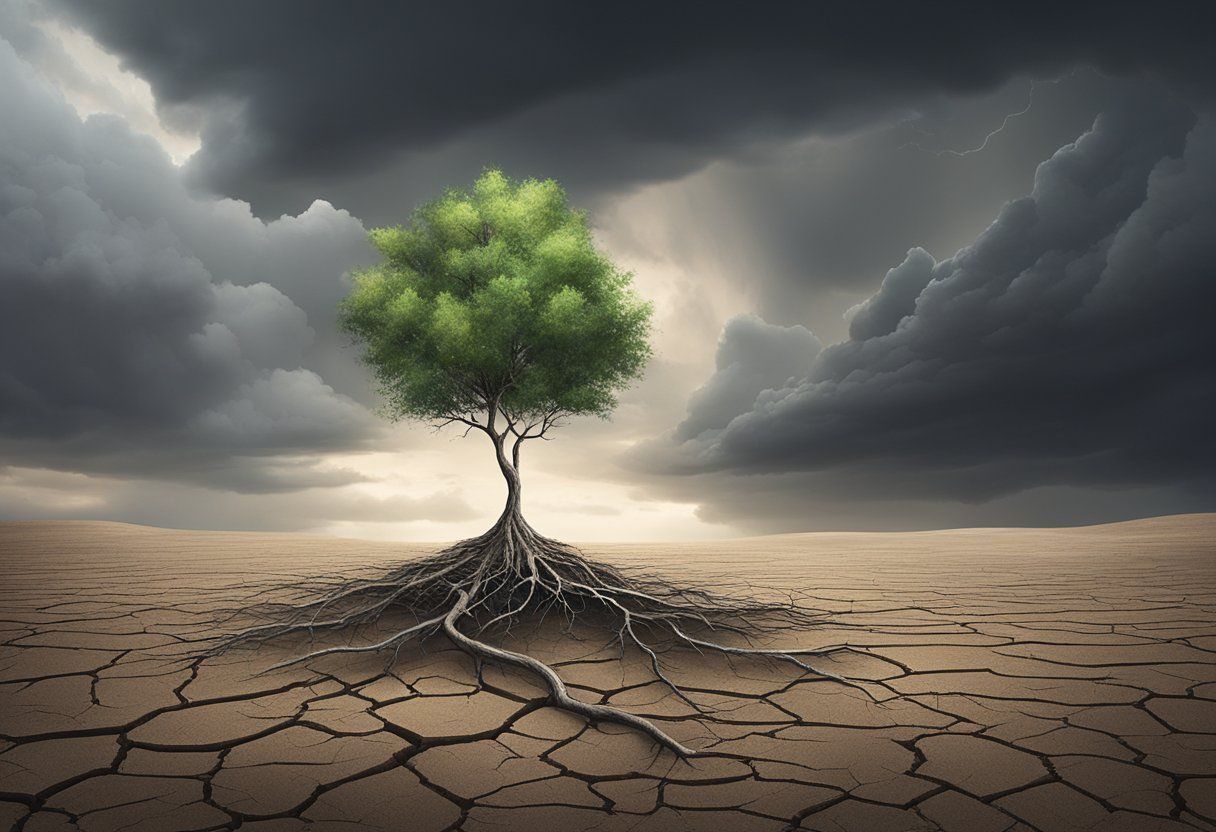BLOG
Categories
The Long-Term Effects of Trauma in Adopted Children: Understanding Impact and Healing Strategies
Understanding the Impact of Trauma on Brain Development
Let’s just take a moment and really lean into this: when children go through trauma—whether it’s a single overwhelming event or a chronic series of unpredictable stressors—it doesn’t just impact how they feel. It rewires their brains. Literally. Trauma affects the very architecture of the brain.
Now here’s what I want you to know: we all carry stress, but for our adopted children, especially those who’ve had rocky starts from the womb forward, their brains have been shaped by that stress in deep and lasting ways. We’re talking about fundamental areas of the brain—the hippocampus, the amygdala, the prefrontal cortex. These regions handle memory, emotional responses, and decision-making. When trauma’s been in the driver’s seat too long, these systems go into overdrive.
The amygdala? It becomes hypervigilant. Always scanning, always ready to run or fight. That means fear and anxiety become the norm. The prefrontal cortex, the part responsible for impulse control and executive functioning? It can get underdeveloped, and that shows up as difficulty with decision-making, poor judgment, or what some might call “bad behavior.”
But we’re not talking about bad kids—we’re talking about stressed-out brains doing the best they can with what they’ve been through.
The Impact on Cognitive and Emotional Development
Trauma doesn’t just tangle up the brain—it distorts how children see the world and themselves. You may notice delays in language. Struggles with memory. A hard time focusing in school. And here’s the thing: it’s not that they won’t learn—it’s that they can’t, not until their stress system starts to settle.
Emotionally, you’ll see it in their relationships. These kids may have a hard time trusting. They may withdraw, or they may explode. It’s not personal. It’s protection. That stress pattern becomes the lens through which they view every interaction.
And yet—this is important—it’s not permanent. Healing is possible. The secret ingredient? You. A calm, regulated, loving adult. Someone who creates what I call “oxytocin opportunities”—those moments of deep connection that help regulate a child’s nervous system and say, “You’re safe. You’re loved. You’re not alone.”
That’s where healing starts. Not with punishment. Not with control. But with connection. When we show up not to fix, but to be with our kids in their storm, we begin to untangle that trauma, one relationship at a time.
Navigating Emotional Challenges in Adopted Children
Let’s be real—parenting adopted children is not always a walk in the park. These beautiful, brave souls have lived through deep transitions, and many carry wounds that don’t always show up in ways we expect. But here’s the good news: when we understand their pain, when we meet them with love instead of fear, healing can begin.
Grief and Loss: The Unseen Weight
Every adopted child, no matter the age or circumstance, carries a story of loss. That grief might not look the way you think it should. Sometimes it’s sadness. Other times, it’s anger, acting out, or even silence. And sometimes it’s just a quiet, unspoken ache for people and pieces of their story they can’t quite name.
This grief isn’t just about missing a birth parent—it’s about identity. It’s about the parts of themselves that feel lost. And I always say, the more you can create a space for those feelings to be felt and expressed, the more safety you offer.
So pull out the crayons, create a story together, look through memory books. Say the hard things out loud, like, “It’s okay to miss your birth mom. I’m here with you.” Because when you give permission to grieve, you give permission to heal.
Fear of Abandonment and the Challenge of Attachment
If you notice your child is clinging, afraid to let you out of their sight, or struggling to trust you—it’s not about you. It’s about survival. They’ve been let down, and their nervous system remembers.
The fear of abandonment runs deep, and attachment doesn’t happen on a schedule. It’s a moment-to-moment experience, and every meltdown, every fear, every reach for closeness is a chance to say, “You’re safe. I’m not leaving.”
That’s why consistency matters. Routines. Boundaries. Loving predictability. These things aren’t just comforting—they’re healing.
Emotional Storms and Behavioral Challenges
Let’s not sugarcoat it—trauma shows up in behaviors. Anxiety, aggression, withdrawal, defiance. These aren’t just “bad behaviors”—they’re stress signals. They’re messages from a brain and body still trying to make sense of the past.
So instead of punishment, we need presence. Instead of asking, “What’s wrong with you?” we ask, “What happened to you?”
Therapeutic support—like play therapy, sensory-based interventions, or family counseling—can be game changers. But so can your daily presence. Deep breaths together. A hand on the back. A calm voice that says, “I’m here.”
Celebrate every inch of progress. And when they fall down? Be the one who kneels down and helps them back up. That’s how trust is built. That’s how healing happens.
The Role of Parenting in Supporting Traumatized Adoptees
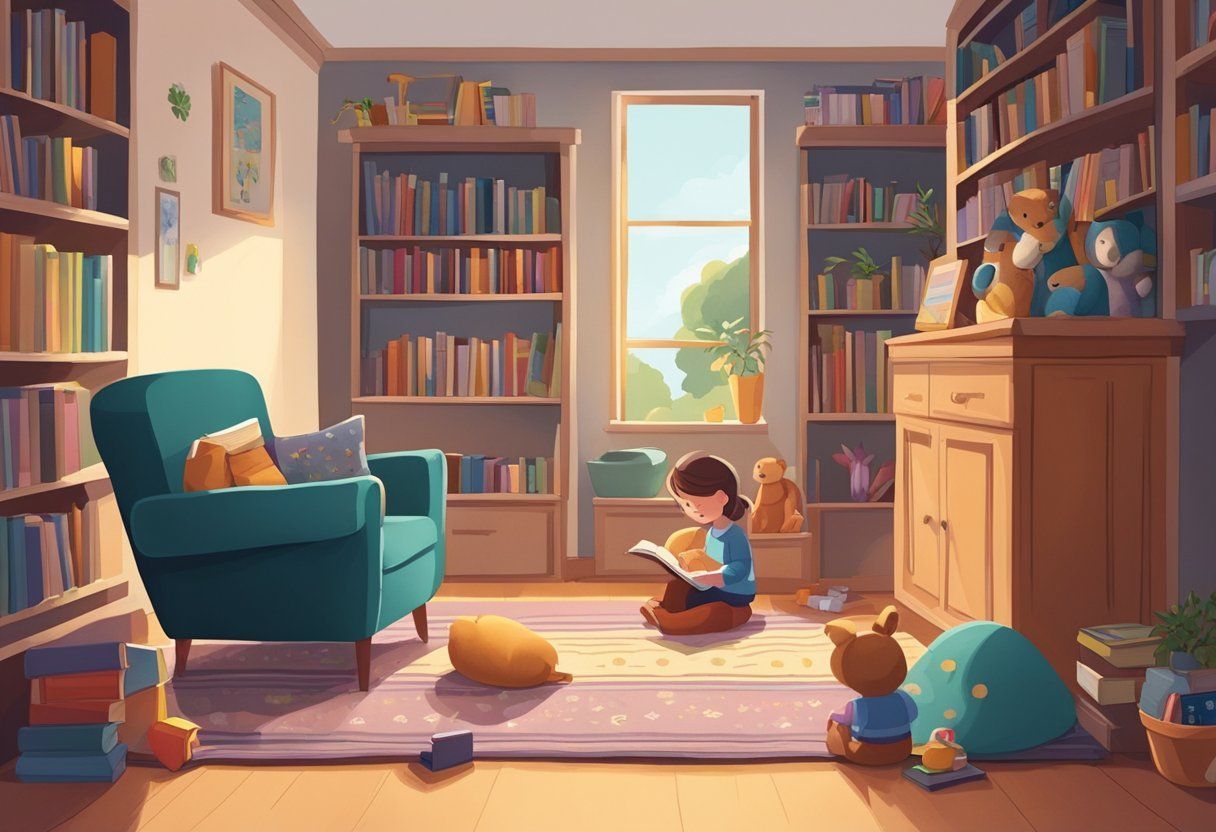
Parenting a child with a trauma history isn’t about fixing what’s broken—it’s about becoming the healing. When we show up calm, consistent, and loving, we become the safe harbor they’ve been searching for. Let’s walk through what that really looks like.
Creating a Secure Attachment Environment
Traumatized children don’t need perfect parents—they need present ones. Children who’ve faced fear, abandonment, or neglect are wired for survival. That means safety and connection have to be built slowly, over time, and through experience.
You do that by being consistent. Show up the same way, every day. Keep your word. Stick to a rhythm—mealtimes, bedtime, routines. Every predictable moment becomes a message: “You can count on me.”
Even more, it’s those everyday moments—reading a book, playing cards, making pancakes—that deepen your bond. These aren’t small. They’re everything. And when your child opens up—especially about the hard stuff—don’t flinch. Don’t correct. Just listen. Hold space. Because being heard is healing.
Managing Acting-Out with Compassion, Not Control
When a child acts out, they’re not being bad—they’re being overwhelmed. Their behavior is a signal. It’s stress speaking.
So instead of jumping to consequences, slow down. Breathe. Get curious. “What’s the fear behind this behavior?” That’s where you start.
Clear boundaries are still important—they create safety—but deliver them with calm, not control. When your child meets expectations, notice it. Say it out loud. “I saw how you kept your cool when you were frustrated. That was amazing.” Praise becomes a mirror showing them who they’re becoming.
Consistency, not harshness. Empathy, not escalation. That’s how you guide your child back to center.
Building Resilience and Teaching Coping Skills
Resilience isn’t something you hand to your child—it’s something you build together, brick by brick.
Walk with them through tough moments. Don’t rescue them from every challenge—instead, partner with them. Problem-solve together. Show them how to breathe through stress, how to take space, how to speak their needs.
Little things like belly breathing, journaling, or just sitting in silence with you can regulate their nervous system. Don’t underestimate the power of your calm in the midst of their storm.
And remember—this isn’t a solo mission. Surround yourselves with people who get it. A loving community, a good therapist, a friend who can listen without judgment—these are part of your child’s healing path too.
Let them play. Let them move. Let them laugh. Because joy is medicine, too.
Assessing and Addressing Educational and Socialization Challenges
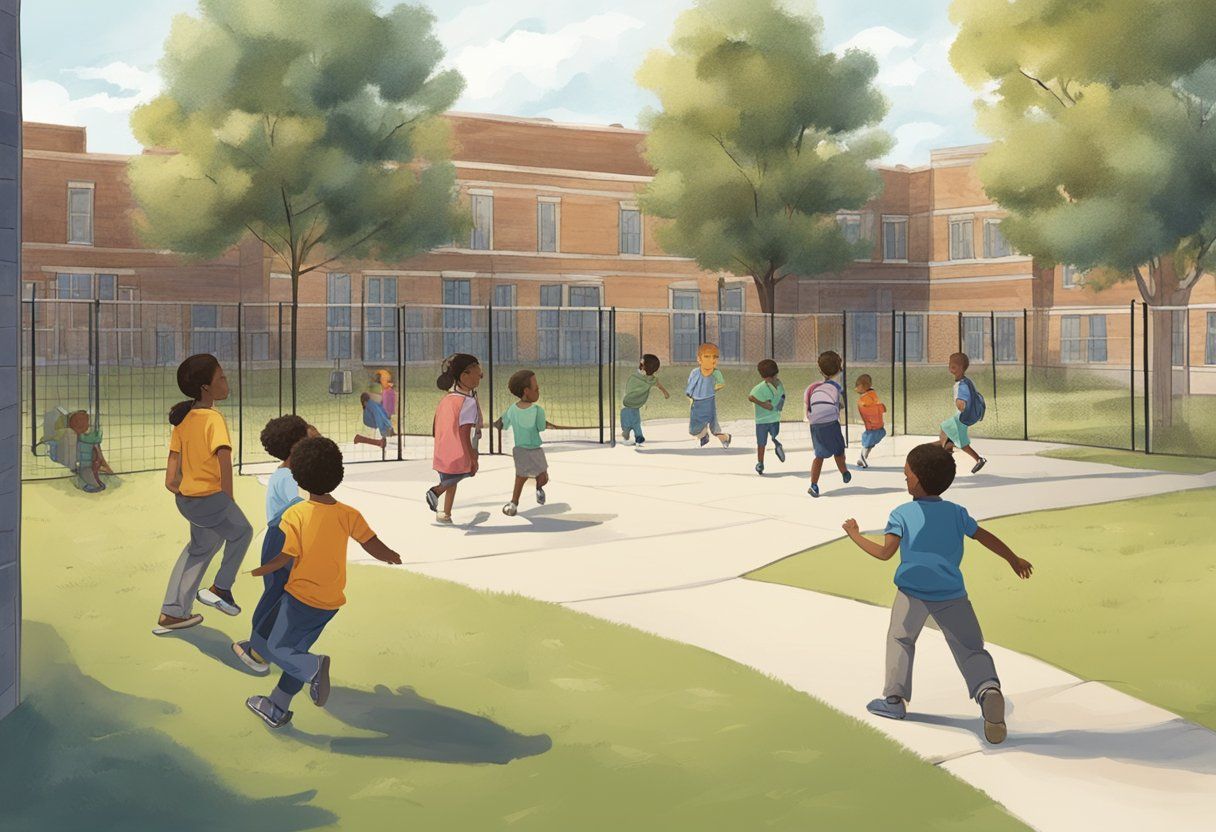
When we look at adopted children through the lens of trauma, everything begins to shift. We stop asking, “What’s wrong with this child?” and start asking, “What has this child lived through?” That single question reorients our entire approach to supporting them—in school, in relationships, and in life.
Understanding the Impact of Trauma on Learning
Trauma doesn’t just live in a child’s past—it lives in their nervous system. It shows up in the classroom as fidgeting, zoning out, outbursts, or forgetting what they just learned. These aren’t “bad behaviors.” They’re stress responses. They’re survival tactics.
Too often, these kids are labeled with disorders—ADHD, ODD—when what they really need is regulation and safety. A child who’s constantly bracing for danger can’t open up to learning. That’s why we need trauma-informed classrooms. Environments built around structure, calm, and connection are not just ideal—they’re essential.
Predictability, kind voices, safe transitions—these aren’t luxuries. They’re healing tools. And when educators and caregivers work as a team—when they check in, share what’s working, and celebrate even the tiniest step forward—they help settle the child’s nervous system so learning can begin.
One powerful way to bring this kind of integrated support to life is through Wraparound Services. These services are designed to bring together the full circle of care—schools, families, therapists, and community partners—around the unique needs of each child. It’s a team effort, deeply aligned with love-based, individualized support.
Supporting Social Skills and Peer Connection
Relationships can be the hardest part for kids with trauma histories. Social rules often don’t make sense when you’ve grown up in chaos. A child might be too intense, too withdrawn, too quick to fight, or too quick to please. That’s not rudeness—it’s fear trying to stay safe.
So we slow things down. We meet them exactly where they are. Whether it’s one-on-one coaching, small groups, or therapeutic play, every interaction is an opportunity to model and practice connection. Role-playing common scenarios—like how to ask to join a game or what to say when you're upset—gives them a roadmap.
But none of this works without patience. These kids aren’t just learning how to behave. They’re learning how to trust. That takes time. And safety. And consistency.
When they’re met with compassion instead of correction, they slowly start to believe something new: “Maybe I do belong. Maybe I can be loved as I am.” And that changes everything.
Exploring the Dynamics of Adoptee Relationships with Birth Families

Adoption doesn’t erase the past—it adds to it. For adopted children, understanding their birth story is often about more than curiosity. It’s about identity. It’s about belonging. And it’s about healing.
Why Birth Family Connections Matter
There’s a sacred truth many don’t understand: every child carries a deep, unconscious connection to their biological family. That connection doesn’t disappear because they’re adopted—it just gets tucked away, often unspoken, sometimes confused, but always present.
For many adoptees, discovering their birth family is about more than meeting a person—it’s about meeting a part of themselves. It fills in blanks. It answers the ache that whispers, “Where do I come from?”
And when they find those answers, whether through a photo, a story, or a conversation, it doesn’t threaten their relationship with their adoptive parents—it deepens it. Because now, they’re bringing their whole self into that relationship. They’re showing up with all of who they are.
Navigating Identity and the Wounds of Abandonment
One of the deepest emotional undercurrents in adoption is the question of abandonment. Even in the most loving homes, adoptees may carry an inner narrative of rejection: “Why wasn’t I kept?” That question, if left unanswered, can quietly shape how they see themselves and how they relate to others.
This isn’t about blame. It’s about acknowledgment. Adopted children often feel caught between two worlds—the one they come from and the one they live in. And if we’re not careful, they’ll internalize the idea that they don’t fully belong to either.
That’s why openness matters. Creating space for these hard conversations—without judgment, without fear—is a gift. It says, “You don’t have to hide your feelings here. I’m with you, even in this.”
Therapy can be an essential tool in this process. So can honest dialogue. But more than anything, healing comes from connection—from knowing you’re not alone in the questions, in the wondering, or in the grief.
When adoptees are supported in exploring their story, they begin to integrate all the parts of themselves. That’s when real identity forms—not just from where they’ve been, but from how they are loved today.
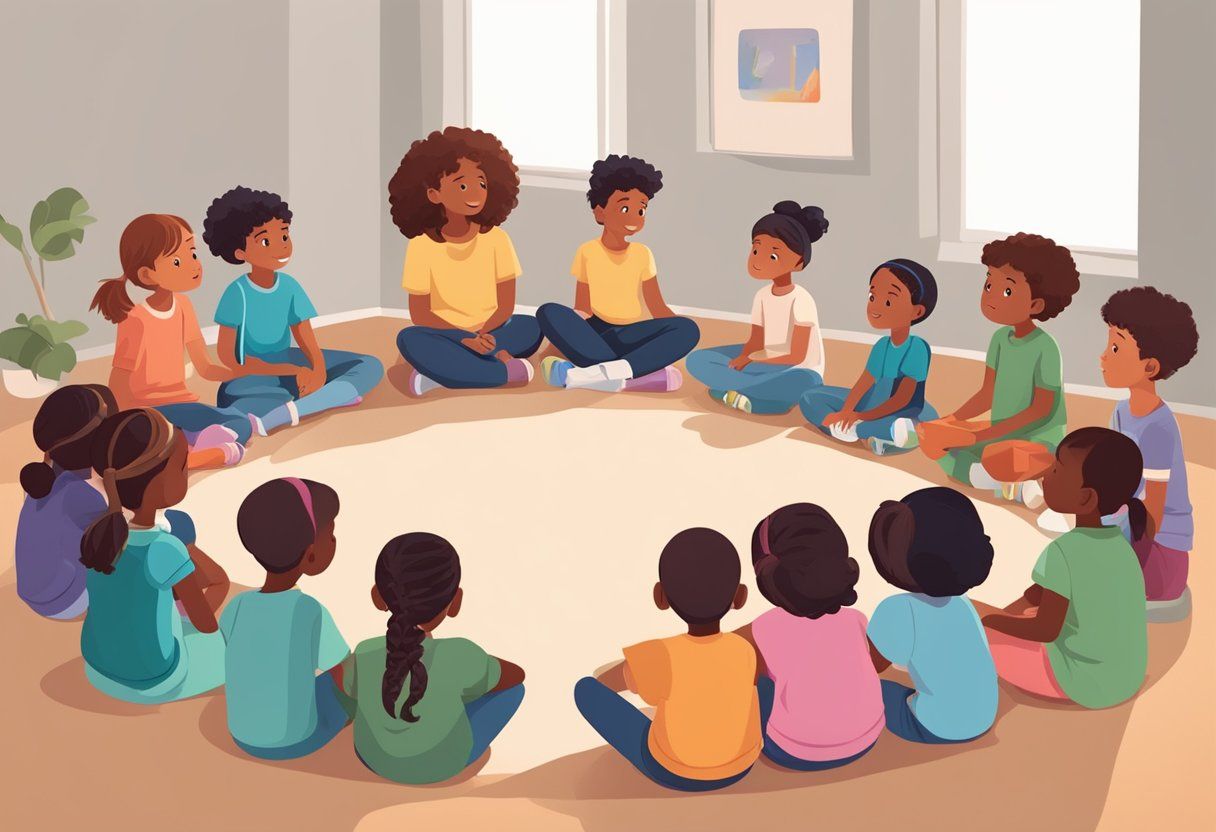
Frequently Asked Questions
What signs indicate trauma in adults who were adopted as children?
Adults who were adopted as children may show signs like anxiety, difficulty forming long-term relationships, and issues with self-esteem.
They may also have trouble with trust or experience frequent mood changes.
How can being adopted at birth impact psychological health later in life?
Being adopted at birth might lead to identity issues or feelings of loss, even in adulthood.
Some may struggle with questions about their biological roots or feel disconnected from their adoptive families.
Can adoption be considered a traumatic experience for infants, and why?
Yes, adoption can be traumatic for infants.
The separation from birth mothers, even at birth, can disrupt the infant's sense of safety and attachment, leading to challenges as they grow.
What statistical data exists on the prevalence of trauma symptoms in adopted children?
Research shows that adopted children are more likely to experience trauma symptoms than non-adopted children.
These can include emotional regulation difficulties and higher levels of anxiety or depression.
How does adoption affect a child's development in the long term?
Adoption can impact a child’s development by influencing their emotional and social skills.
Some may face struggles with identity formation, including dealing with feelings about their adoptive and biological origins.
What psychological issues are commonly faced by individuals who were adopted?
Individuals who were adopted may face psychological issues like anxiety, depression, or identity confusion. These can be due to loss of cultural or familial ties.
They can also be due to unresolved questions about their biological background.
RECENT POSTS

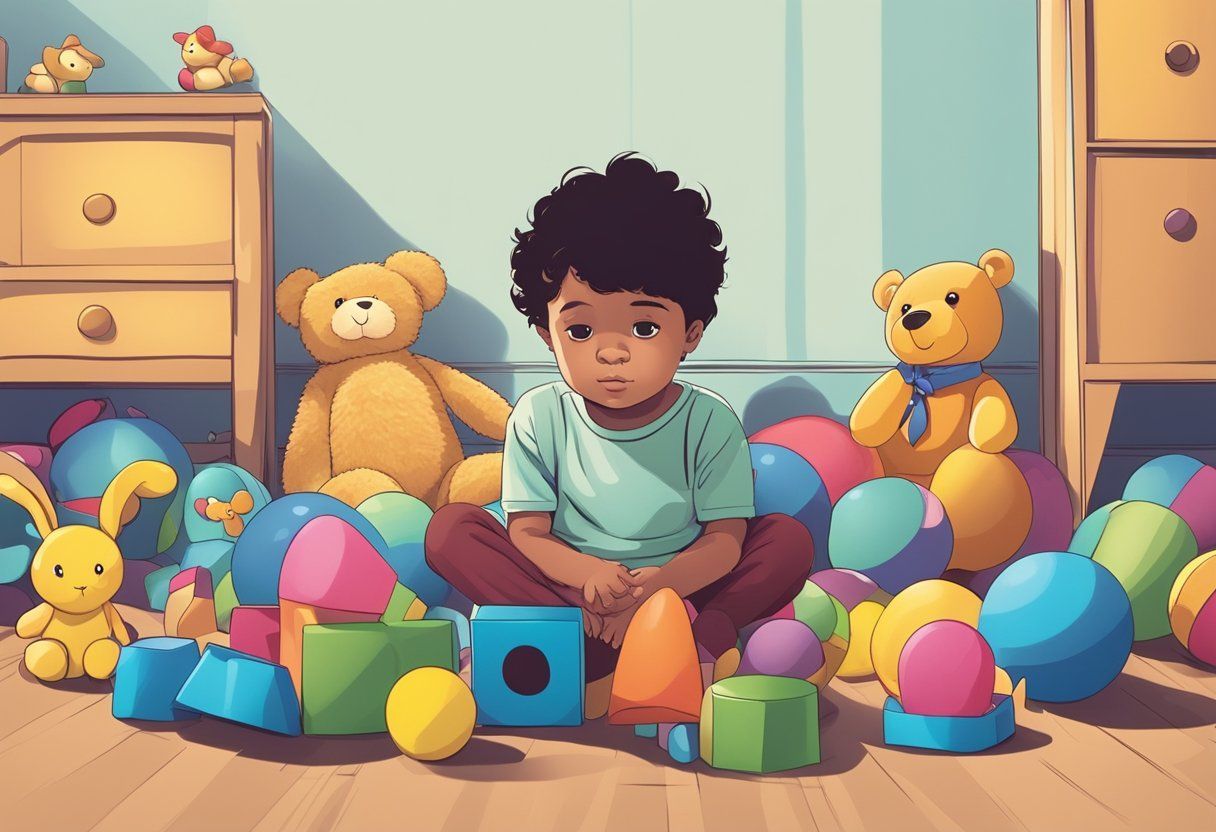

Bringing and keeping families together!





